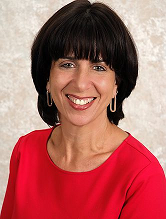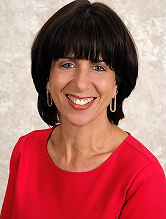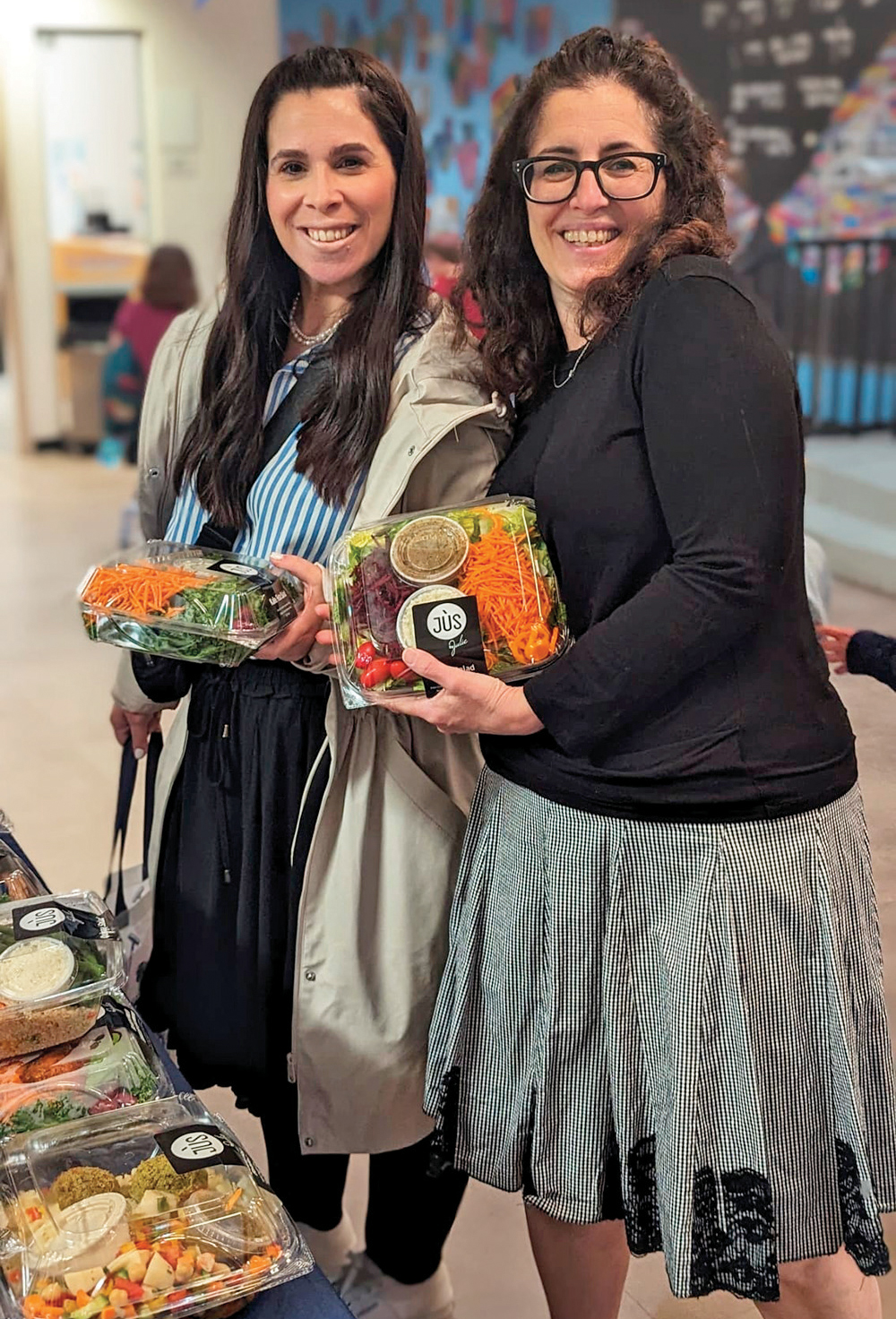 The memories of summer are starting to fade and the days are getting a little cooler and shorter; teachers and students are back in school and fall is about to begin. For us as Jews, the arrival of this season also marks the emotional anticipation of the Yomim Noraim (Days of Awe/High Holidays). Many of us busy ourselves with the practical planning for Yom Tov—buying seats, determining menus, creating shopping lists and, in some cases, cooking and freezing foods, as well as preparing for guests, and by now we may have this kind of preparation down to a science (or at least close to it). But quite a number of us find the other kind of prepping for the holidays—the spiritual prepping—to be rather challenging. Is there anything that one can or should do to get ready for the long hours spent praying in the synagogue during this season?
The memories of summer are starting to fade and the days are getting a little cooler and shorter; teachers and students are back in school and fall is about to begin. For us as Jews, the arrival of this season also marks the emotional anticipation of the Yomim Noraim (Days of Awe/High Holidays). Many of us busy ourselves with the practical planning for Yom Tov—buying seats, determining menus, creating shopping lists and, in some cases, cooking and freezing foods, as well as preparing for guests, and by now we may have this kind of preparation down to a science (or at least close to it). But quite a number of us find the other kind of prepping for the holidays—the spiritual prepping—to be rather challenging. Is there anything that one can or should do to get ready for the long hours spent praying in the synagogue during this season?
For some people, tefillah comes easily. The very words of the machzor (the High Holiday prayer book) speak to them through intricate poetry, praise of God, acknowledgment of wrongdoing and expressions of request and hope for a successful and blessed new year. The long hours spent in shul, the singing and the heartfelt recitation of a long, silent Shemoneh Esrei, are, to these people, moving, inspiring, meaningful and special.
But what if you find the long hours in shul to be tedious? What if you feel edgy, if you repeatedly count the pages remaining until davening is over, if you take frequent breaks to the bathroom and are surprised that the chazan does not seem to have made much progress since you left? What if you always seem to be the first one to finish the Shemoneh Esrei and can’t understand what everyone else is saying that takes so long? Do the other people in shul have more words in their machzorim than you do? Tefillah is such an integral part of our heritage and practice that one who doesn’t relate well to it may feel left out or disconnected from their Judaism and connection to God. While I do not claim to have the answer as to how everyone can find meaning in prayer, I would like to offer a tool that might not only assist some of you in your search for meaningful prayer, but may also help you find meaning in other aspects of your life.
Though meditation is part of our Jewish tradition, especially in Kabbalistic and certain Chassidic circles, I personally was introduced to it at a health spa that I went to with my mother and sister a long time ago. At the time, I just did not “get it.” My sister and I were sitting next to each other on a mat while the woman conducting the class was speaking in a soft and soothing voice, when, for some reason, I’m not sure why, one of us started to giggle, and soon we were both laughing aloud, unable to contain ourselves. Embarrassingly, the two of us left the class. That was both the beginning and the end of meditation for me—until about 18 months ago.
I had been hearing a great deal about something called “mindfulness” and its ability to help people deal with stress, manage pain, treat insomnia, fatigue and hyperactivity, and promote a general feeling of well-being. I decided to register for a class on Mindful-Based Stress Reduction (MBSR) offered by Dr. Ellen Schwartz, given at the Stone Center for Yoga and Health here in Teaneck. I was drawn to the class because Ellen has a doctorate in clinical psychology which, in my mind, gave her and thus the class more credibility. Initially, I did remain skeptical about mindfulness and wondered how I would survive a two-and-a-half-hour class every week. Many of my friends and family members were even more skeptical and asked if I would be spending time emptying my mind and contemplating my navel. I laughed at this comment, but I actually was concerned about my own ability to participate and gain something from the experience. Like many from my generation, I thought that in order to practice mindfulness or meditation one must be hippy-like, wear long, flowing clothes, eat organic foods, take yoga and have a vacant smile a great deal of the time.
What, then, was my motivation for taking this course? Primarily, I wanted to see if mindfulness was something that could really work—something I could actually learn and teach to others, to help them make better personal health choices. Having gained a new understanding and appreciation of mindfulness, I now encourage many of my clients to sometimes step outside their comfort zone in this way; during the course I was definitely way outside of mine. But I was pleasantly surprised to discover how much the MBSR helped me “quiet” my mind, even if it was for only two or three minutes at a time. Under ordinary circumstances, our senses are constantly bombarded with information, and our minds are busy wandering from one thought to another, some positive and some concerning. These distractions often lead us to make poor choices for our health and wellness. Mindfulness can help one stay focused and reduce anxiety.
Have you ever experienced a situation where a friend is speaking to you for a few moments and you suddenly realize that you have no idea what she (or he) has said? She then asks you a question and you need to either ask her to repeat herself or just try saying anything and hope either that you’ll be lucky or that your friend won’t notice how “off the mark” your response is? This is not an uncommon scenario, and as we get older, some of us may notice that it is more difficult to stay focused during a conversation. The definition of mindfulness is “the practice of maintaining a nonjudgmental state of heightened or complete awareness of one’s thoughts, emotions or experiences on a moment-to-moment basis.” Like any skill, mindfulness takes practice and effort. A basic, mindful practice focuses on breathing. You become aware of how breath enters and leaves the body, and though your thoughts may wander, you work on quietly bringing them back to your own breath. A few moments a day of quieting one’s mind to focus on this moment can be very beneficial.
Mindfulness can also help one stay focused on tefillah, especially during the Yomim Noraim. The text of the davening is generally familiar, as we say the same prayers every year, and we often sing the same tunes—they are our “mantra,” but with words that have great significance in their own right. With mindful practice, we can stay “present” with the words that we are saying, singing and hearing. You may not be able to stay mindful and present for the entire davening, but mindfulness may help you focus better and allow at least some of your davening to have more meaning to you. Most of us will find our minds distracted from our prayers at some point during the long services; this practice can help us regain focus. If the Hebrew does not mean anything to you, then you may read the tefillot in English (per consultation with your rabbi); the key is to be able to concentrate on and direct your thoughts properly.
May all of our tefillot be answered, and may we all be blessed with a happy, healthy and mindful new year. Wishing everyone a K’tiva v’Chatima Tova.
By Beth S. Taubes, RN, OCN,CBCN, Certified Health Coach











